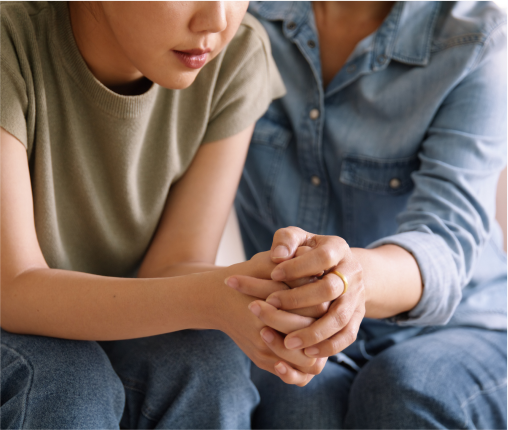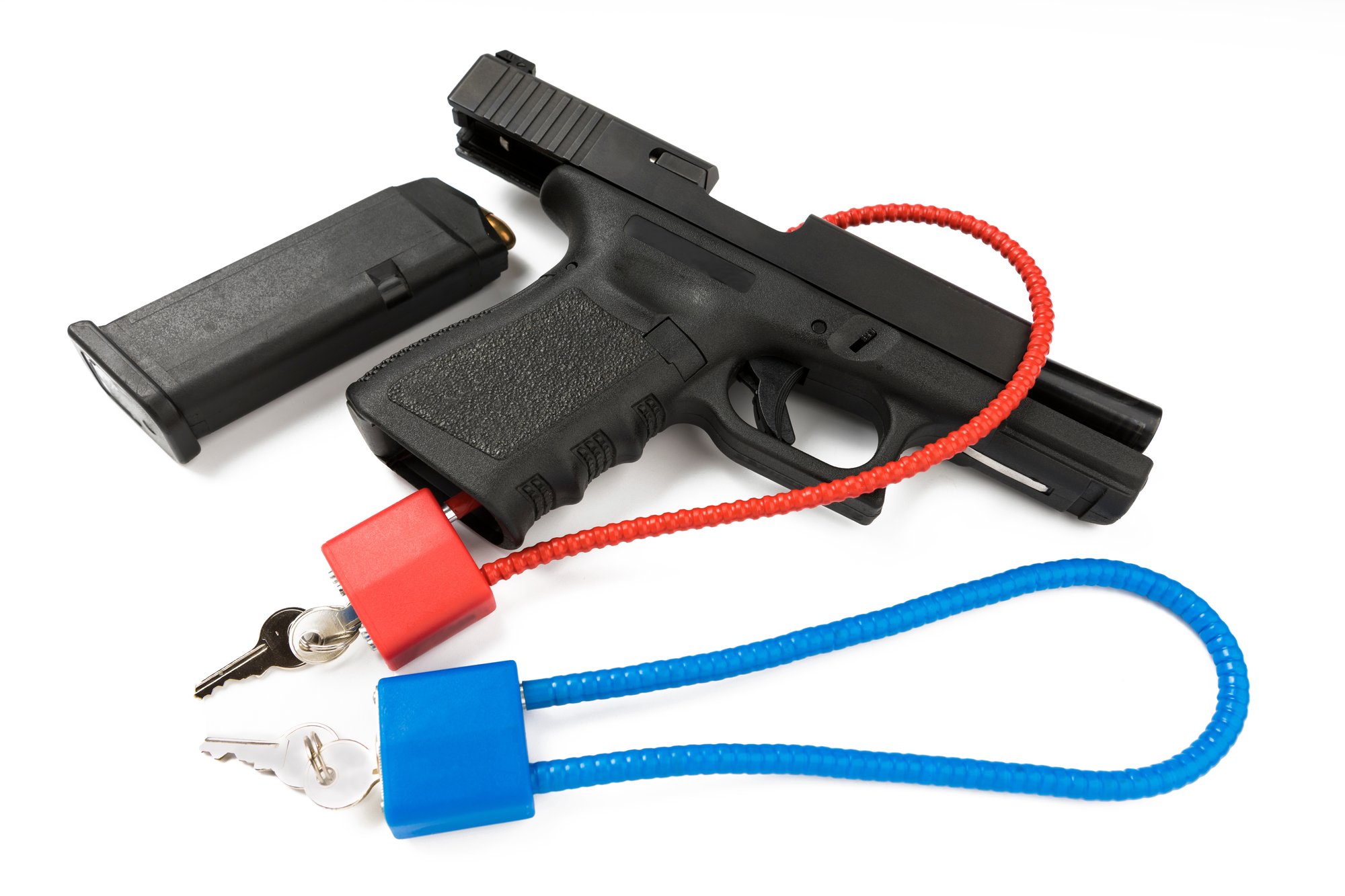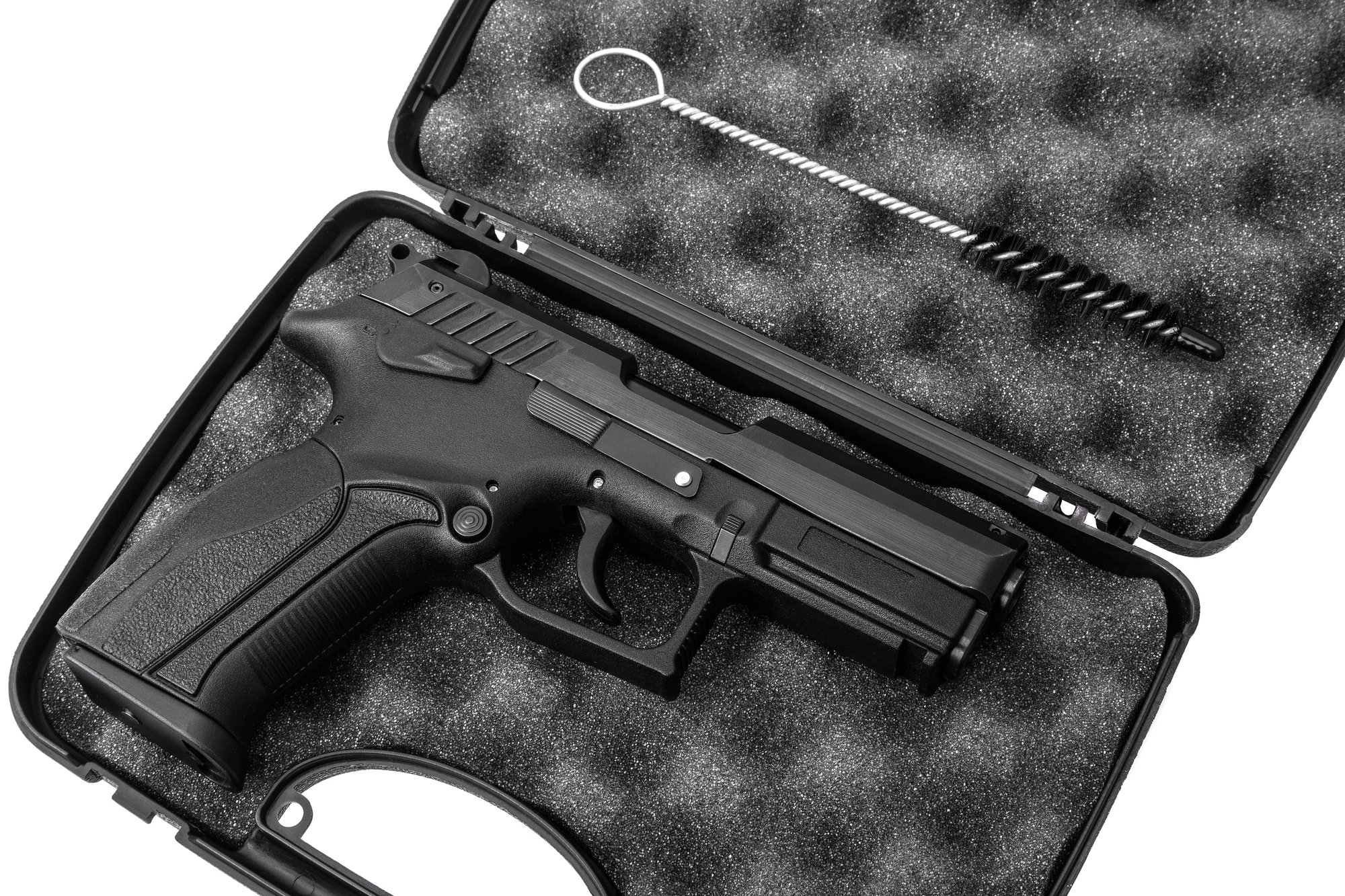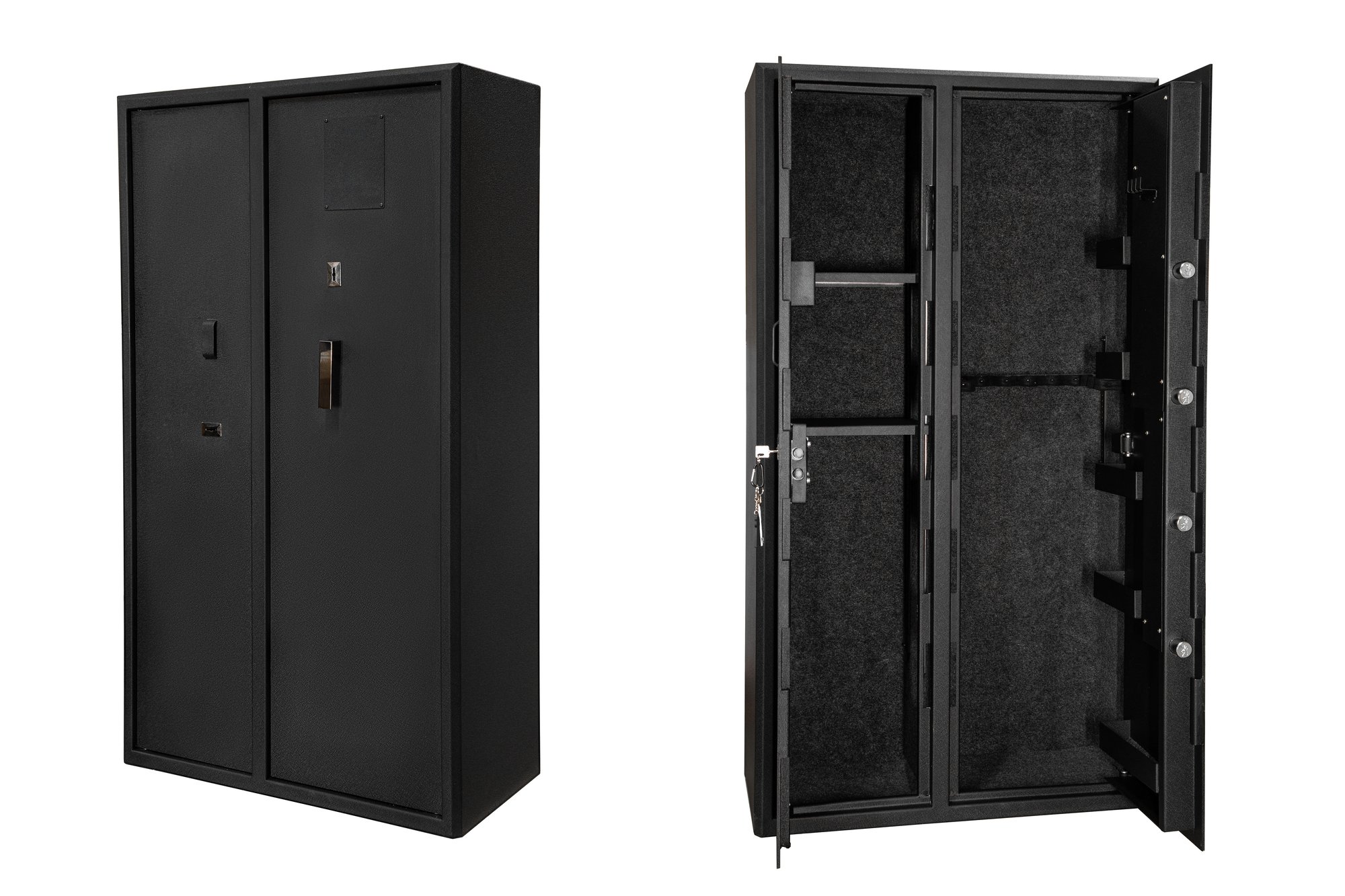A Parent’s Guide to Lethal Means Safety
Store It Safe and Reverse the Trend of Irreversible Actions
![NEW_Ohio1L_280Blue cs6[2]-1 NEW_Ohio1L_280Blue cs6[2]-1](https://www.lifesideohio.org/hs-fs/hubfs/NEW_Ohio1L_280Blue%20cs6%5B2%5D-1.png?width=1833&height=675&name=NEW_Ohio1L_280Blue%20cs6%5B2%5D-1.png)
Ohio AAP
In partnership with the Ohio Chapter of the American Academy of Pediatrics (Ohio AAP), Life Side Ohio is aiming to bring its Store It Safe resources to youth and families of Ohio.
Warning Signs
Suicidal ideation can manifest in different ways. It’s important to look out for signs that may indicate that your child might need help, including:
- Not acting like themselves and reckless behavior
- Talking or writing about suicide
- Withdrawing from friends/activities
- Increased use of alcohol or drugs
- Giving away belongings for no logical reason
- Stops taking care of themselves
Learn more about how to diagnose and prevent youth suicide:

How to Prepare For a Mental Health Crisis
If your child ever has a mental health crisis, it’s crucial to recognize when it happens, provide a safe environment at all times, and follow a plan to ensure your child’s safety:

Restrict Access

Make a Safety Plan

Understand Crisis Will Happen
Learn more about managing your child’s mental health crisis:
Barriers are Effective at Preventing Suicide
Education alone is not enough. Barriers should be put in place and can mean the difference between life and death.
Risks:
- 90% of suicide attempts with a firearm are fatal
- Nearly 2/3 of all US firearm deaths are due to suicide
- The rate of firearm suicide by teens is up 61% over the past 10 years
Barriers:
- Even if experienced with firearms, youth should only have supervised access to them
- Keep any firearms that are not under your direct control locked away
- Youth should not know the combination or location of keys to the firearm safe
- Ammunition should also be locked when not in use
- Consider temporarily removing firearms from the home if someone is suicidal
Risks:
- Youth often take medications in suicide attempts
- Both prescription and over-the-counter medications can result in overdose deaths
- Tylenol, when taken over suggested dosage, can cause life-threatening injuries or death, even if appearing symptom free for the first 24 hours
Barriers:
- Always keep prescription and over-the-counter medications locked away and out of reach of children and youth
- Have a family conversation about the dangers of misusing medications
- Never share medications with family members
- Dispose of prescription medications after the period they are prescribed
Risks:
- Alcohol is the most commonly used and abused drug among youth in the US and is readily accessible in homes
- Alcohol causes more than 4,300 deaths among US teens each year
Barriers:
- Like medications, alcohol should be locked away and not accessible to youth
- Talk to your youth about alcohol and potential dangers
- Keep the lines of communication open and let your youth know that they will not be in trouble if they come to you with concerns
Learn more about risks and barriers in suicide prevention:
Tips for Secure Firearm Storage
During a suicidal crisis, it is important to have guns locked away safely. This will act as a barrier to prevent your child from acting on suicidal thoughts. When not in use, guns should be unloaded, locked and secured in a location unknown to your child. Ammunition should be stored in a separate location.
Below are a few effective options to store your guns and ammunition:
Cable Lock

Lock Box

Firearm Safe

Learn more about safe gun storage options:
Additional Resources
Funding for the resources on this webpage is made possible under grant number SM086105 from the Substance Abuse & Mental Health Services Administration (SAMHSA). The views expressed in written training materials or publications and by speakers and moderators do not necessarily reflect the views, opinions, or policies of CMHS, SAMHSA, or HHS; nor does mention of trade names, commercial practices, or organizations imply endorsement by the U.S. Government.
Get Involved
Life Side Ohio is by your side and in your community with resources on suicide awareness, prevention, mental health, and education. We're united for life, because without life, there’s loss and grief.